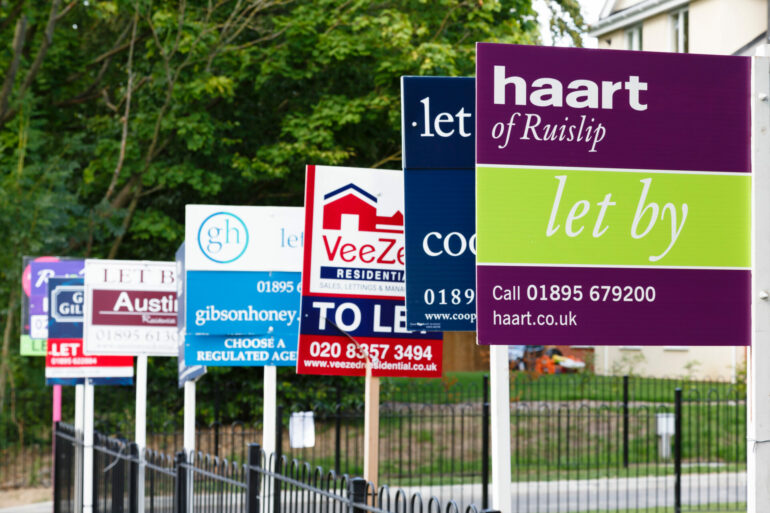Renters and mortgage holders face a higher risk of financial instability amid the ongoing cost-of-living crisis, as they typically spend more of their disposable income on housing costs, according to a new report from financial service provider Hargreaves Lansdown.
The data suggests that renters are around five times more likely to experience financial vulnerability than homeowners who have paid off their mortgages.
Renters, on average, spend 21% of their disposable income on rent, while mortgage holders allocate 16% of theirs to their mortgage payments.
Older individuals are more likely to own their homes outright, however, over a quarter (25.5%) of all social renters are retired, as are 6.8% of all private renters. Furthermore, 7% of homeowners aged between 65 and 74, and 2.3% of those aged over 75, are still repaying a mortgage.
The cost-of-living crisis, characterized by increased prices for food (96%), gas or electricity bills (57%), fuel (37%), and housing costs (27%), continues to put financial pressure on these demographics.
Helen Morrissey, head of retirement analysis at Hargreaves Lansdown, warns that the rise in living costs is hitting renters particularly hard. “Enormous house price increases over the years have made it hard for people to get on the housing ladder. They either get on it later, or not at all, and this has long-ranging impacts for people’s financial resilience at all ages,” she said.
Morrissey also pointed out the long-term effects of high housing costs on retirement savings, noting that “only 35% of households aged 30-34 are on track for a moderate retirement income.”
As the cost-of-living crisis continues, those who are unable to extend their working years may face increasing financial hardship.



